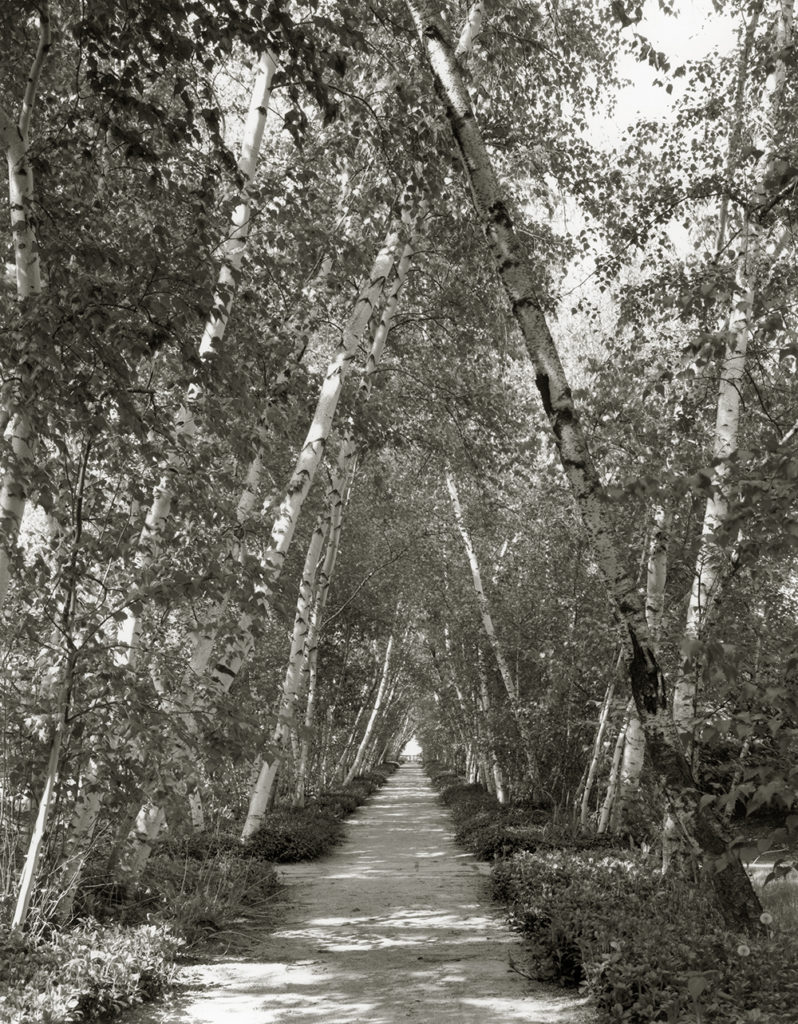
“Few of the thousand or more properties that I have examined and made plans for offer . . . so many and such varied incidents,” wrote Warren Manning in 1911, after visiting the Ohio property Frank Seiberling was considering purchasing. Seiberling’s intention was to build a large country place where he, Gertrude Seiberling, and their six children could pursue their many and varied interests—everything from ice hockey to opera. Manning recommended he buy the parcel under consideration, certain that the old quarry, peach orchards, and farm fields would be suitable for the stately home and expansive pleasure grounds Seiberling wanted. The founder of the new Goodyear Tire and Rubber Company had recently made an extraordinary fortune, and, like many wealthy American capitalists, he was eager to acquire the cultural trappings to match. Manning was grateful for the opportunity to further refine the emerging “American style” of landscape design at this scale.
Manning worked collaboratively with architect Charles Schneider in laying out terraces behind the house. A Japanese garden, hidden below the terraces, was designed by T. R. Otsuka, Manning’s acquaintance from the World’s Columbian Exposition. Ellen Biddle Shipman, who also worked with Platt and Manning at Gwinn, later redesigned the plantings in the English Garden, also hidden below the house view. Manning had sole authority over the remaining 4,000 acres.
The design’s spatial and spiritual heart is the wild garden that surrounds the lagoons Manning created by flooding the abandoned quarry. “Imagine the rock walls clothed with honeysuckle for the spring flowers,” he wrote evocatively, “rambler and prairie roses for the summer, Japanese clematis for the fall flowers, and Japanese bittersweet for the winter fruits.” Old photographs of the tangled woodland record a landscape of rare and wild beauty. Few of Manning’s other estate projects—a small percentage of his approximately 1,700 jobs—gave him such rich opportunity to explore the notion that American landscape design could be made distinctive by relying on “natural” features and informal plantings.
Design by Warren Manning and Ellen Shipman, c. 1911.
SITE INFO
Stan Hywet (estate of Gertrude and Frank Seiberling)
714 North Portage Path
Akron, Ohio 44303
888-836-5533; fax 330-836-2680
www.stanhywet.org